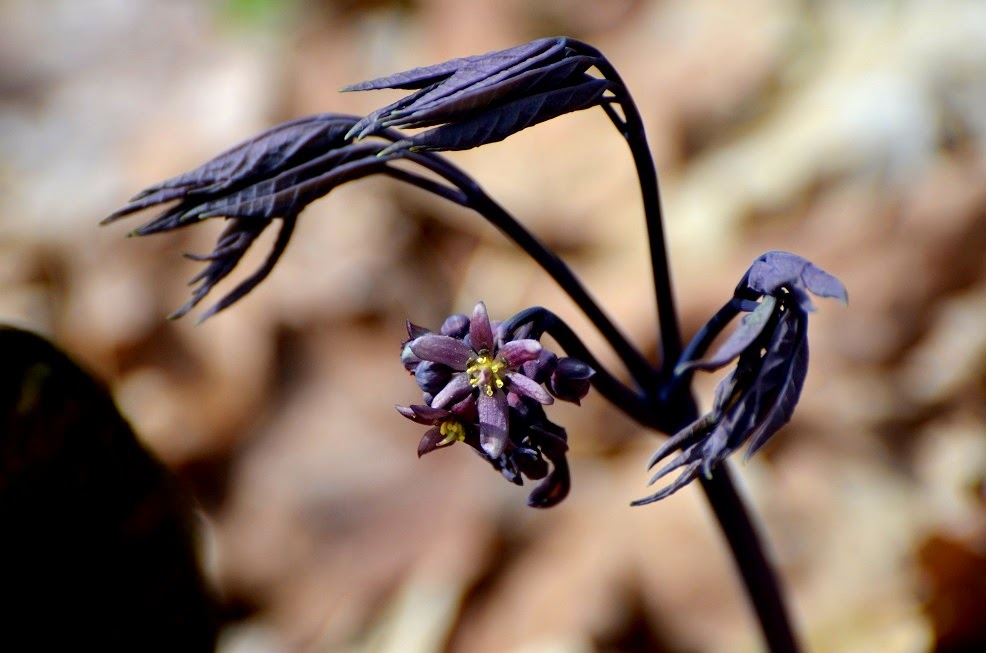 |
| The Myrtle Warbler was the first of the warbler clan to arrive |
 |
| Fox Sparrows are more apt to be found at the forest edges or at bird feeder |
 |
| A recently returned Field Sparrow sings at the field edge |
 |
| Tiny Ruby-crowned Kinglets are virtually everywhere right now |
 |
| Pine Siskins were common at the bird feeder for one day only |
 |
| Not surprisingly, Skunk Cabbage was the first of the wildflowers to bloom |
 |
| Coltsfoot blooms on the north shore of one of the ponds |
 |
| Sharp-lobed Hepatica was the first woodland flower to bloom |
 |
| Foliage of Wild Leeks push their way out of the forest leaf litter |
 |
| Blue Cohosh is very prolific in the older woods |
 |
| Bloodroot - another early blooming species |
 |
| Like the other hardy spring ephemerals, Bloodroot can tolerate freezes and even some snow cover |
 |
| Spring Beauties are the most common blooming plant in the woods right now |
 |
| Round-leaved Yellow Violet is the first of many violet species to bloom in the forest |
 |
| So far flowers have emerged on only a few tree species - this is the American Elm |
 |
| The Mourning Cloak Butterfly is usually one of the first butterflies to emerge in the spring |
 |
| An Eastern Garter Snake - sunning itself on the side of a foot trail |
 |
| An American Kestrel flying off with a freshly caught snake |















